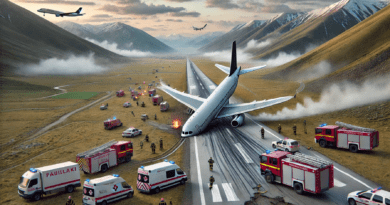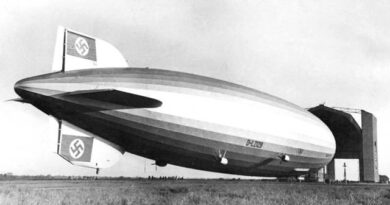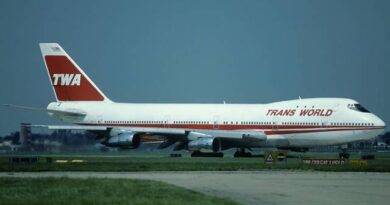Aeroflot Flight 3352: Tragedy at Omsk Airport
On October 11, 1984, Aeroflot Flight 3352, en route from Krasnodar to Novosibirsk with a stopover in Omsk, met with a catastrophic accident. This crash remains one of the deadliest in Russian aviation history, claiming the lives of 178 people. Tragic sequence of human errors caused the disaster.
Approach and the Final Descent
Flight 3352, a Tupolev Tu-154B-1, was approaching Omsk Airport for a scheduled landing. At 5:06 AM, the air traffic controller cleared the aircraft for descent. Shortly after, the flight crew was instructed to land on Runway 12. However, unknown to the pilots, maintenance vehicles were still on the runway, conducting routine operations. The air traffic controller, suffering from fatigue, failed to notice this crucial detail.
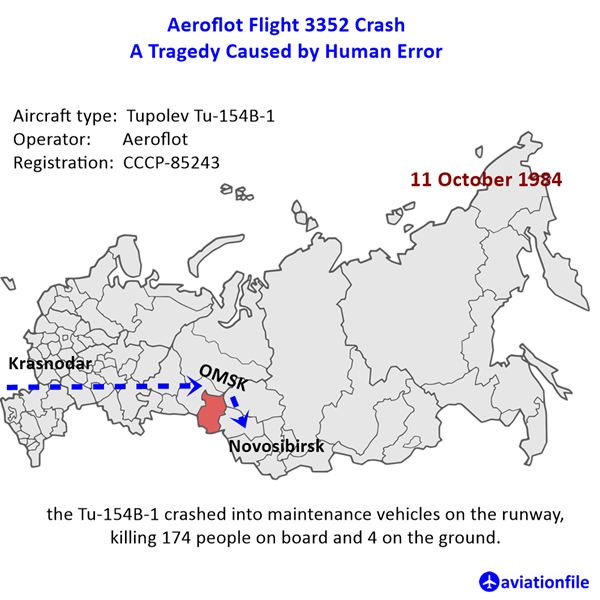
The Collision
As the aircraft touched down, it collided with the maintenance vehicles still present on the runway. The impact occurred at a speed of approximately 200 km/h (124 mph). The crew tried to avoid the collision but had little time to react. The Tupolev broke apart on impact, igniting a massive fire that consumed much of the aircraft. All 174 passengers and crew members on board perished, as well as four ground workers.
Causes of the Accident
The crash was directly attributed to human error, particularly on the part of the air traffic controller who failed to ensure the runway was clear. Fatigue played a significant role. The controller, working long shifts, overlooked standard procedures, including notifying the ground crew of the impending landing and ensuring their evacuation from the runway.
In addition, the Tupolev Tu-154B-1 was not equipped with Ground Proximity Warning Systems (GPWS), a safety feature that could have alerted the crew to the runway hazard earlier. This absence contributed to the lack of warning before the collision.
Aeroflot Flight 3352: A Tragic Lesson in Runway Incursion
The Aeroflot Flight 3352 disaster on October 11, 1984, is a notable example of a runway incursion, where unauthorized vehicles or personnel occupy an active runway, leading to potential collisions. In this case, maintenance vehicles were on the runway at Omsk Airport without proper clearance, and due to the air traffic controller falling asleep, the incoming Tupolev Tu-154 was not warned. The collision resulted in the deaths of 178 people. This incident highlights the dangers of miscommunication and lack of coordination in aviation, prompting significant safety reforms in Soviet aviation.
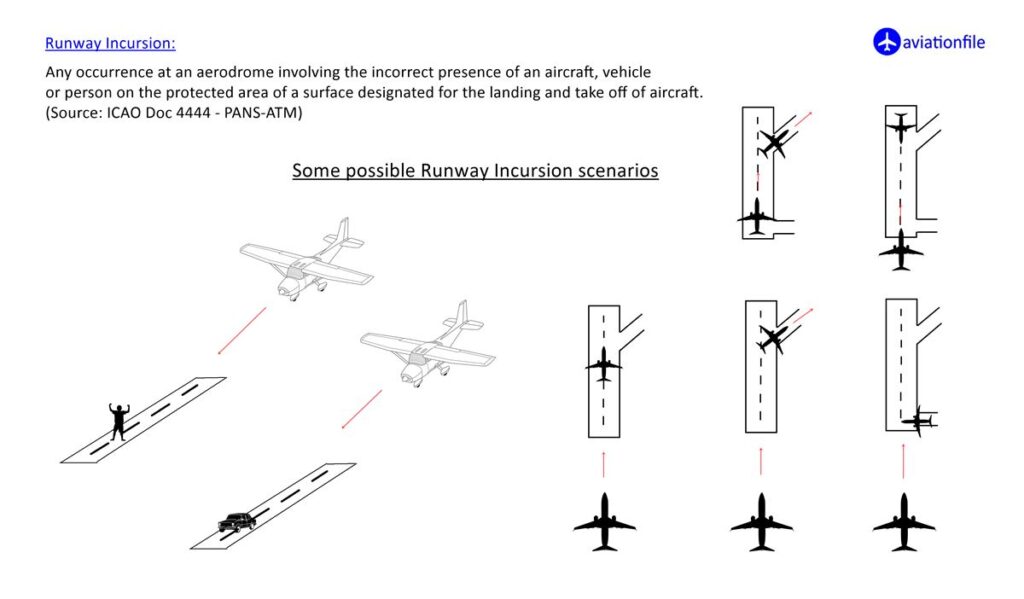
Swiss Cheese Model: Explaining the Aeroflot Flight 3352 Tragedy
Using the Swiss Cheese Model to analyze the Aeroflot Flight 3352 crash reveals how multiple safety failures aligned to cause the disaster. The fatigued air traffic controller failed to clear maintenance vehicles from the runway, a critical lapse in communication. This human error was compounded by the lack of a Ground Proximity Warning System (GPWS) on the aircraft, which could have provided an alert before the collision. These gaps in safety protocols, combined with poor coordination between ground and flight crews, created a series of “holes” that ultimately lined up, allowing the tragic runway collision to occur. This model highlights that catastrophic accidents like Flight 3352 often result from a series of smaller, interconnected failures rather than a single error.
Aftermath and Reforms
The aftermath of the accident was significant. The Soviet Union launched a thorough investigation, which led to a series of aviation reforms. Ground Proximity Warning Systems were mandated on Soviet airliners to improve runway safety. Additionally, changes were made to air traffic controller shifts to reduce fatigue-related mistakes.
The disaster also highlighted the need for improved runway incursion prevention measures. Modern airports now employ advanced tracking systems, like Airport Surface Detection Equipment (ASDE), to monitor ground traffic and prevent such incidents.
Conclusion
The crash of Aeroflot Flight 3352 serves as a grim reminder of the catastrophic consequences that can arise from human error. It also underscores the importance of strict adherence to aviation safety protocols. While the lessons learned from this disaster have led to better safety practices, the tragic loss of 178 lives remains etched in aviation history.
